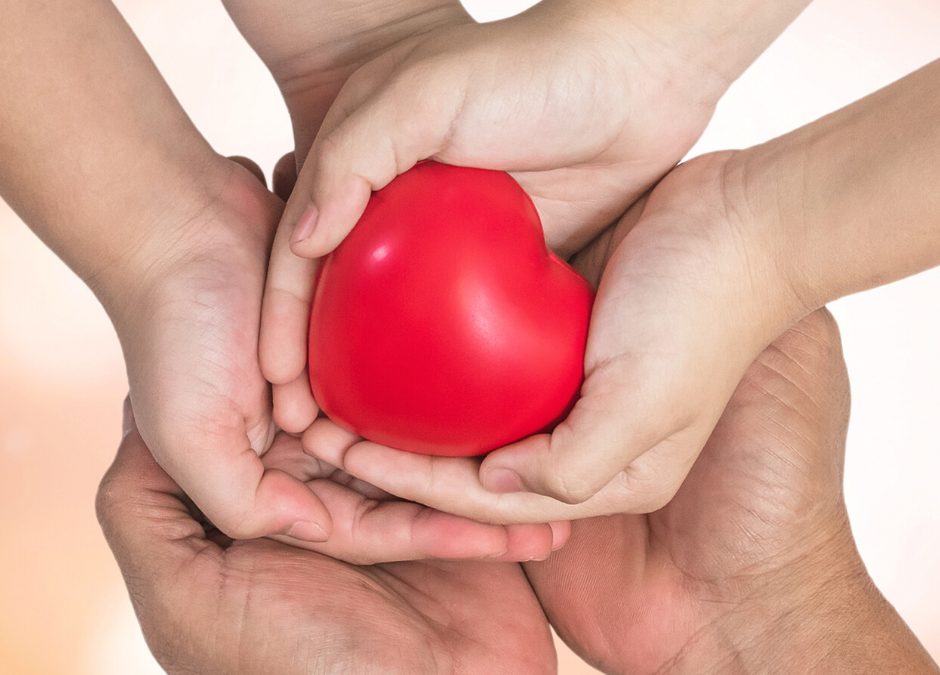The heart, the size of a fist, weighs only about 7 to 15 ounces. The average adult male heart weighs 10 ounces and the average female is about 8 ounces. With a somewhat smaller heart, women’s hearts will beat slightly faster than men in order to pump the same necessary amount of blood. An infant’s heart beats the fastest.
Signs that your heart is in trouble also are different for men and women. The classic signs we see in movies and television are symptoms experienced by men. They include pain in the center of the chest lasting for a couple of minutes, going away, but returning with increasing levels of pain or pressure. Over time, the chest pain may spread out and be felt in the neck and arms. There may be a feeling of indigestion or nausea. For women, the symptoms are less about pain and may present as pressure or squeezing in the center of the chest or back. This sensation may also present in either arm, the neck or jaw as well as in the stomach. People also may experience a shortness of breath.
Care for someone experiencing heart pain is to put the person in a safe sitting position. This is usually on the floor so that should they lose consciousness, you can begin to provide life sustaining CPR on the floor. Call 911. Do not try to transport the person yourself. It is harder for first responders to find you on the road and you can not provide care while you are driving. With 911 on the phone, turn on outside lights and unlock your front door. Keep the person calm, encourage them to breath with you and watch for changes. IF the person is not allergic, on blood thinners and can swallow, give them 325 mg (1 low-dose) aspirin and note the exact time that they swallowed the tablet. Make very sure that you provide aspirin! Do not substitute Ibuprofen or Tylenol.
What can we each do to safeguard our hard- working hearts?
- Develop menus that decrease the intake of fried, salty and processed foods.
- Develop portions that resemble portions from the 1960s
How many calories you should have depends on your age, your gender, and how active you are. An moderately active woman should have 1,800-2,200 calories a day. An active average-sized man should have 2,200-2,800 calories. Have a healthy balance of foods each day:
- 1 1/2 – 2 1/2 cups of fruit and 2 1/2 – 3 1/2 cups of vegetables
- 6-10 ounces of grain, 1/2 from whole grains
- 3 cups of nonfat or low-fat dairy foods
- 5-7 ounces of protein (meat, beans, and seafood) each day
- No more than 5-8 teaspoons of oils, mostly from plants, fish, and nuts
- 170-400 calories from solid fats and added sugars
- Move! Walk every day but try for 150 minutes every week of supporting your heart with movement. That is 21 minutes a day devoted to your heart.
Strategies that can help:
Park as far away from the door as possible when you head to stores.
Use the stairs instead of elevators or escalators.
Take little walk breaks throughout the day.
Find opportunities to walk during your normal errands – like walk to the mailbox each day instead of picking up your mail when you are driving in or out.
Make it a priority to protect your heart in honor of February’s National Heart Month! Happy Valentine’s Day!


Recent Comments